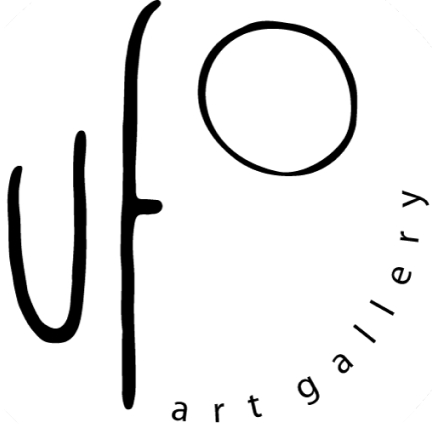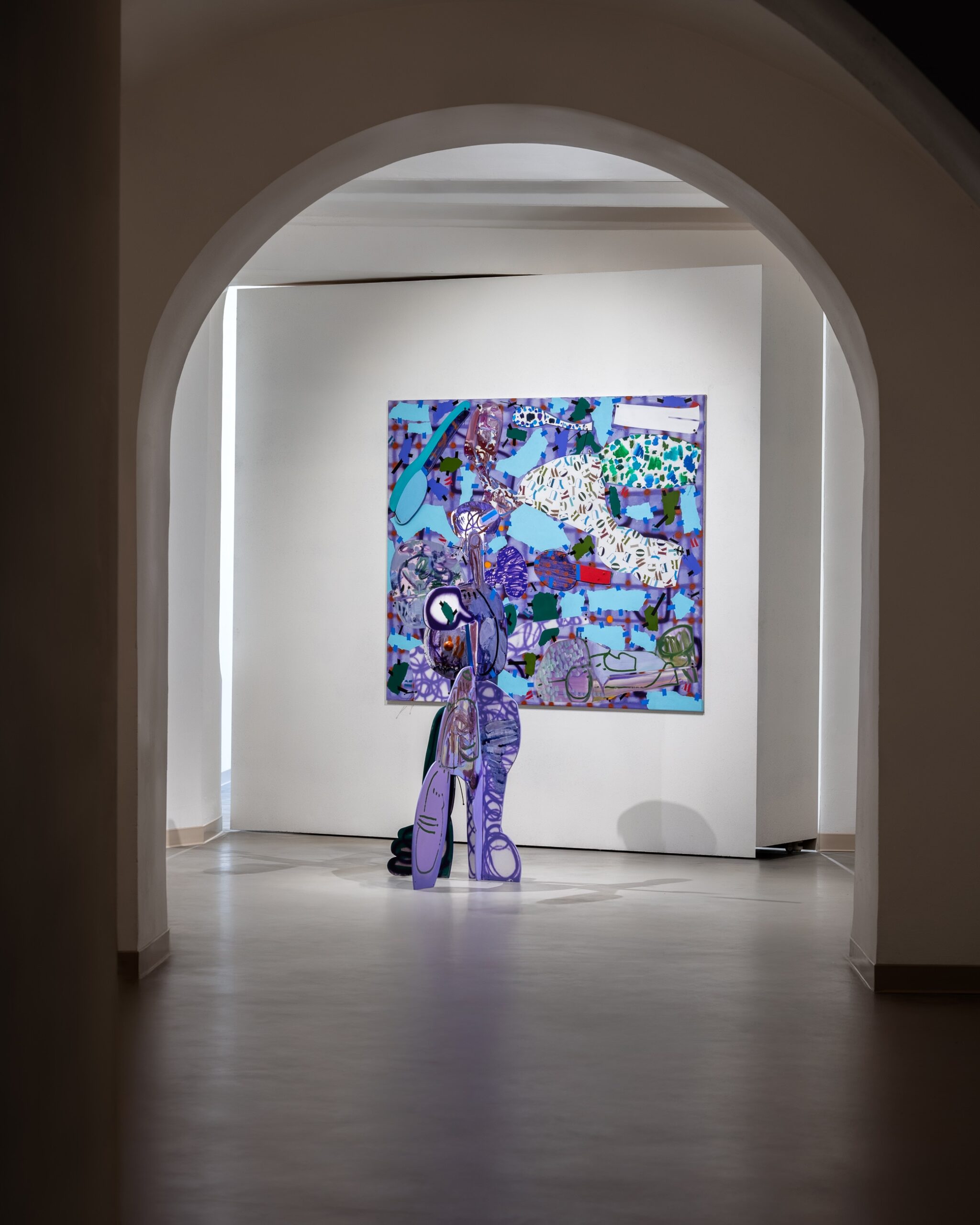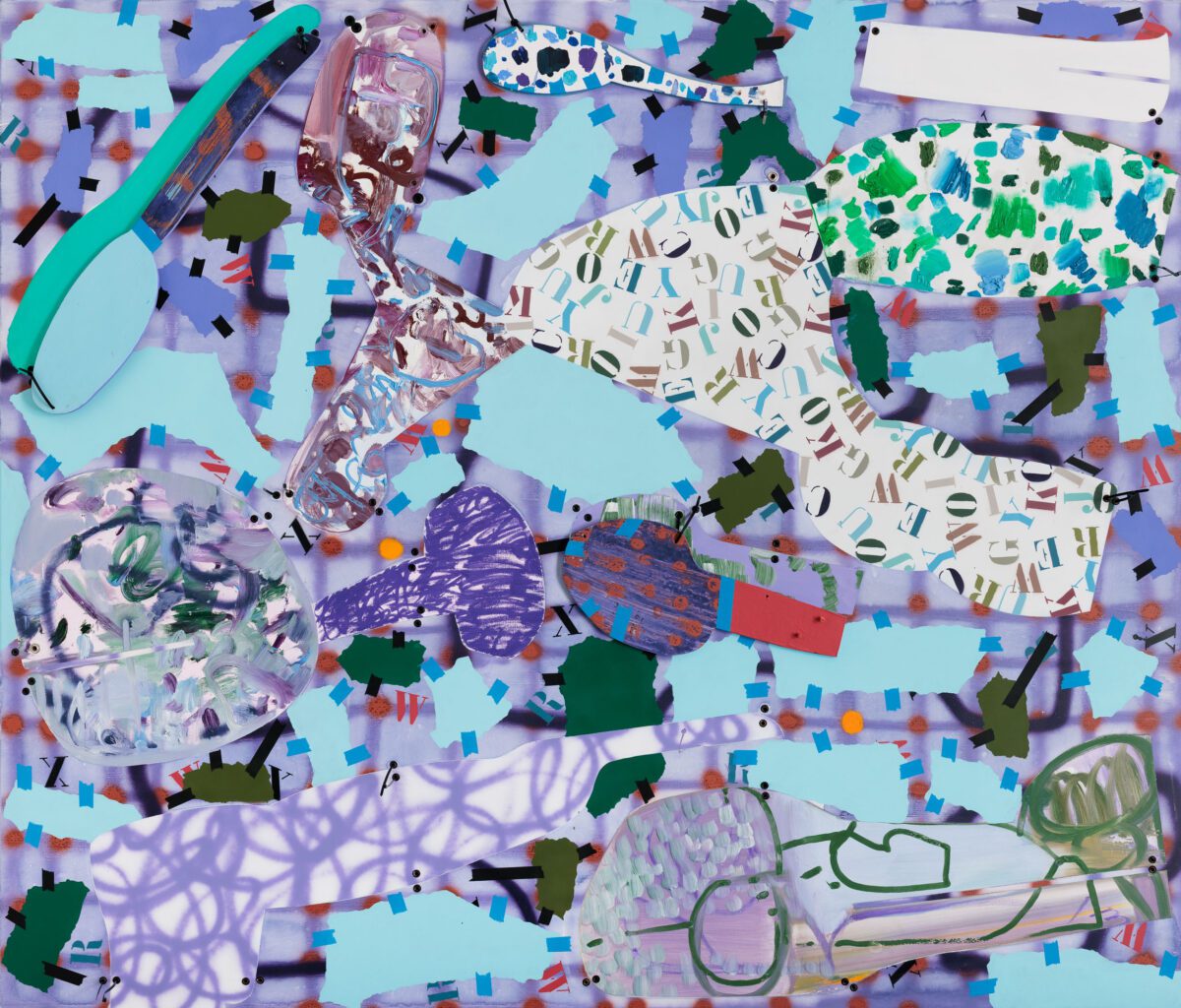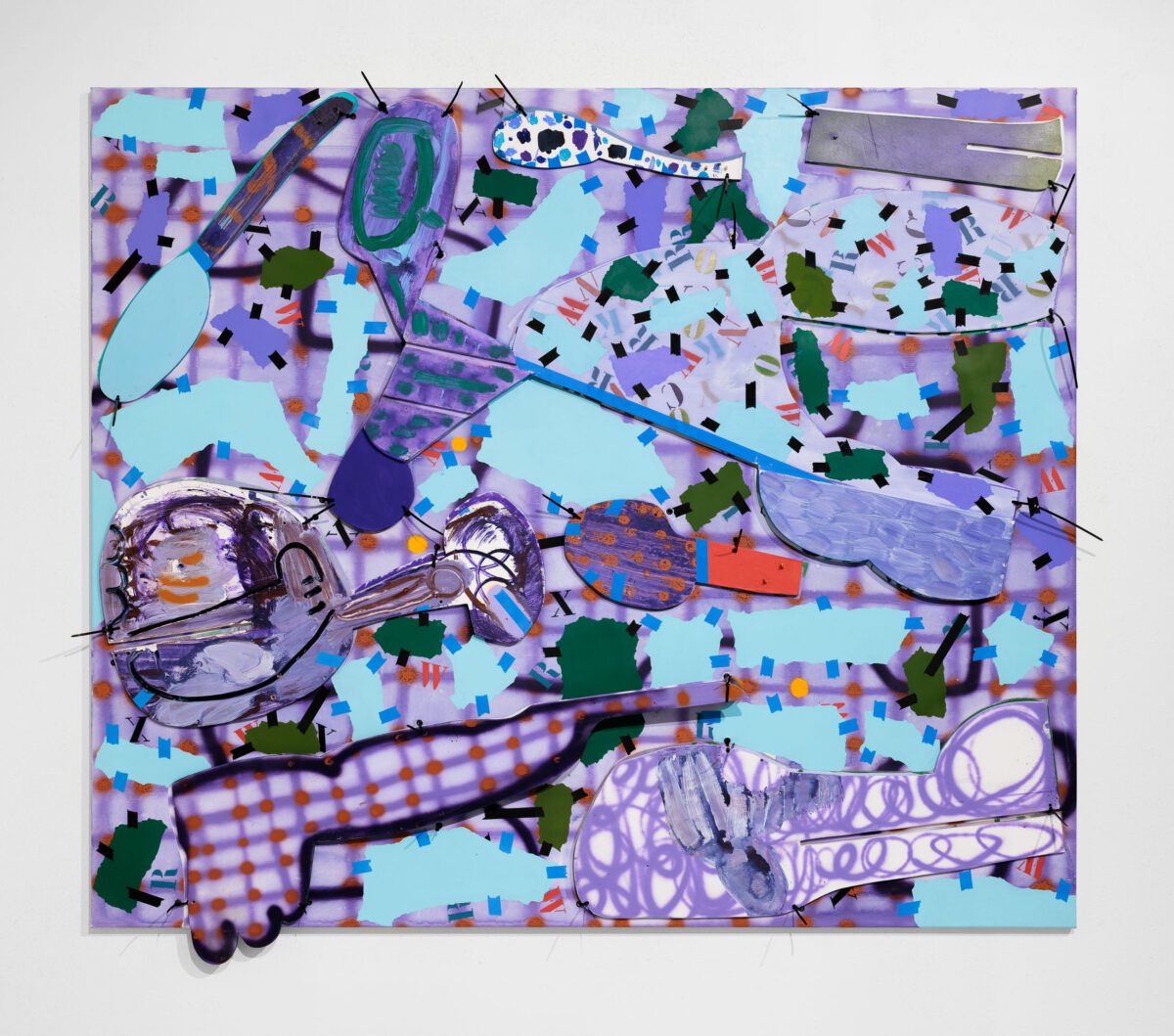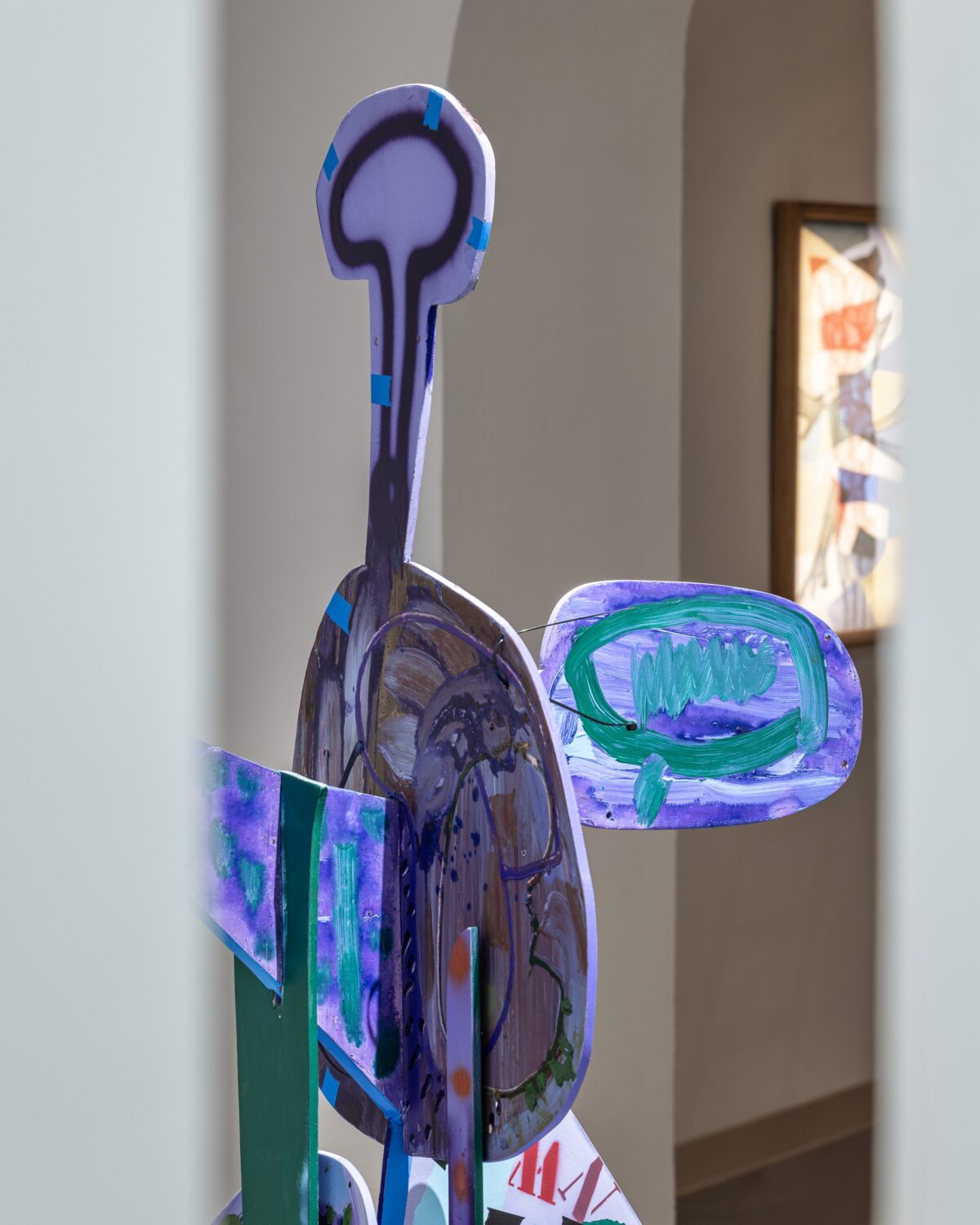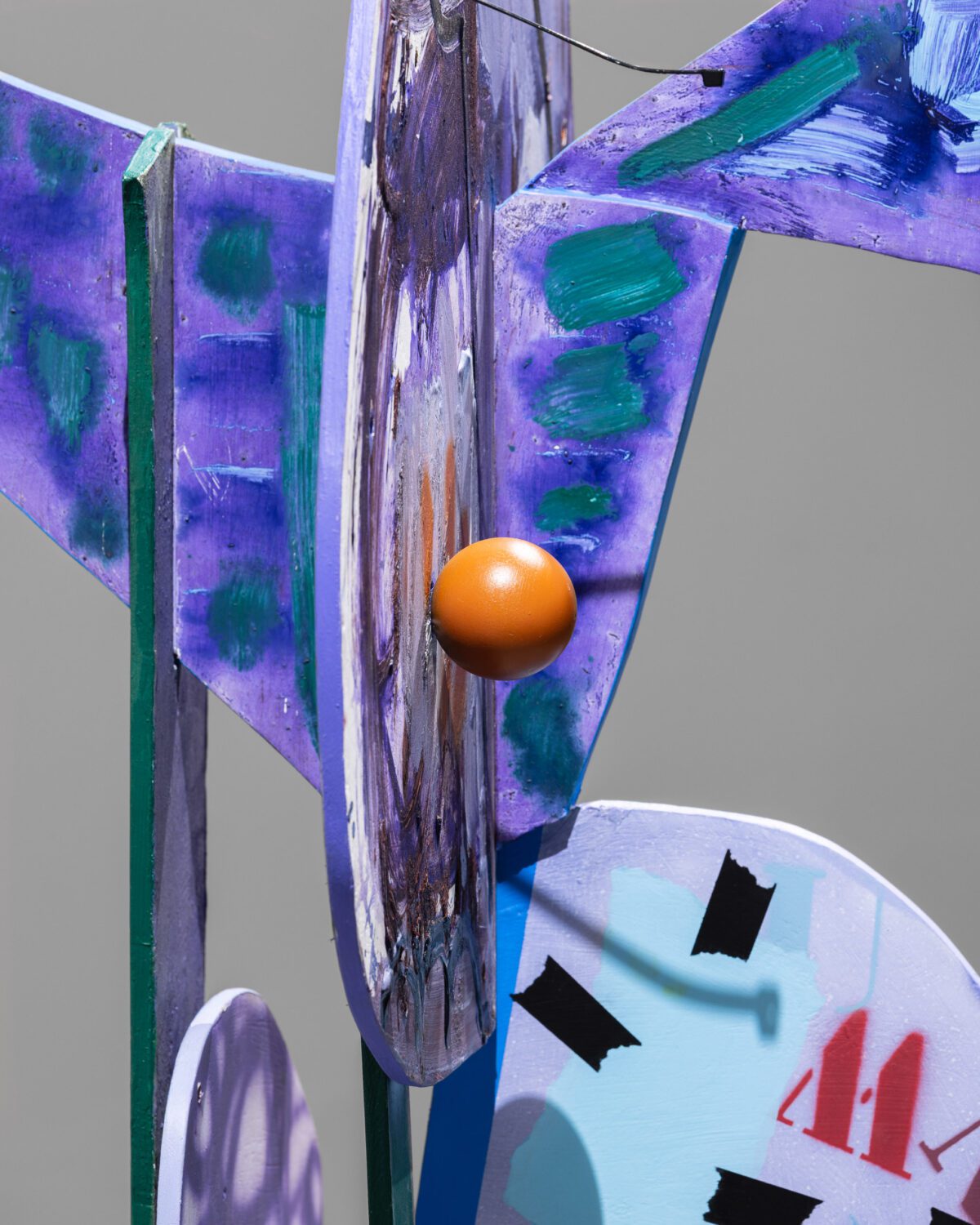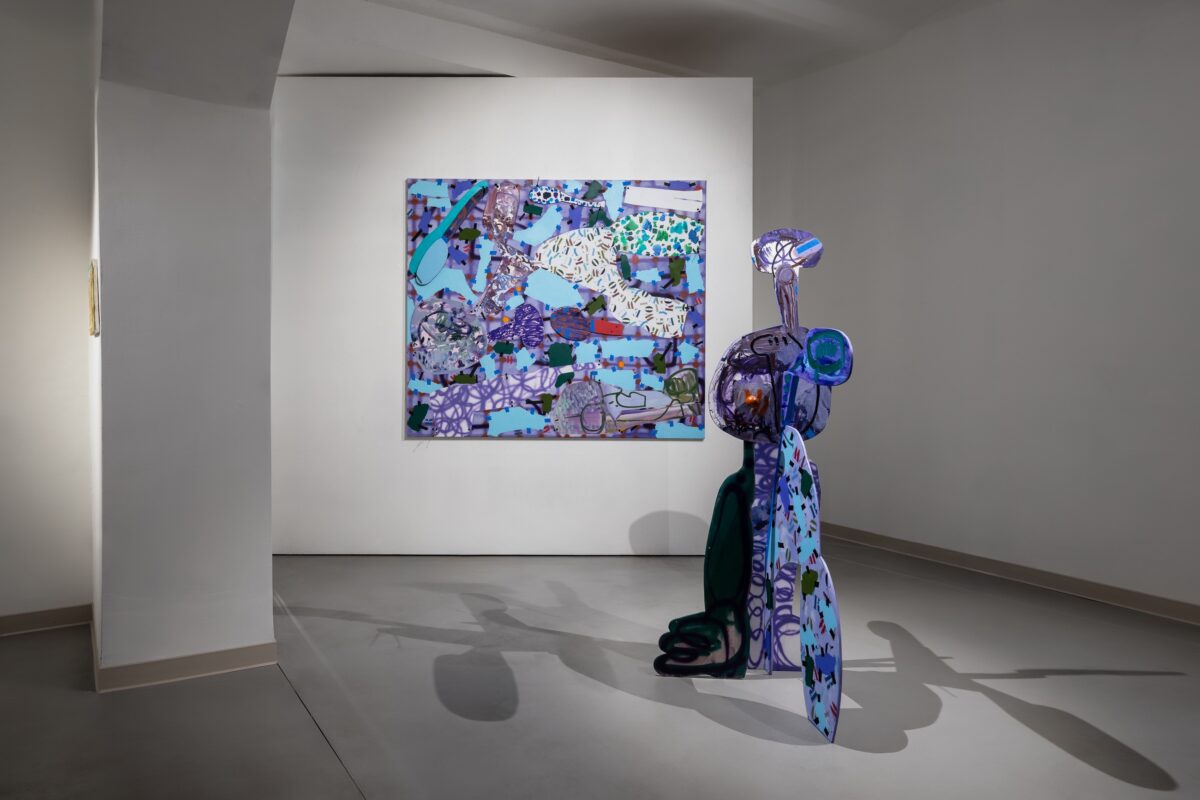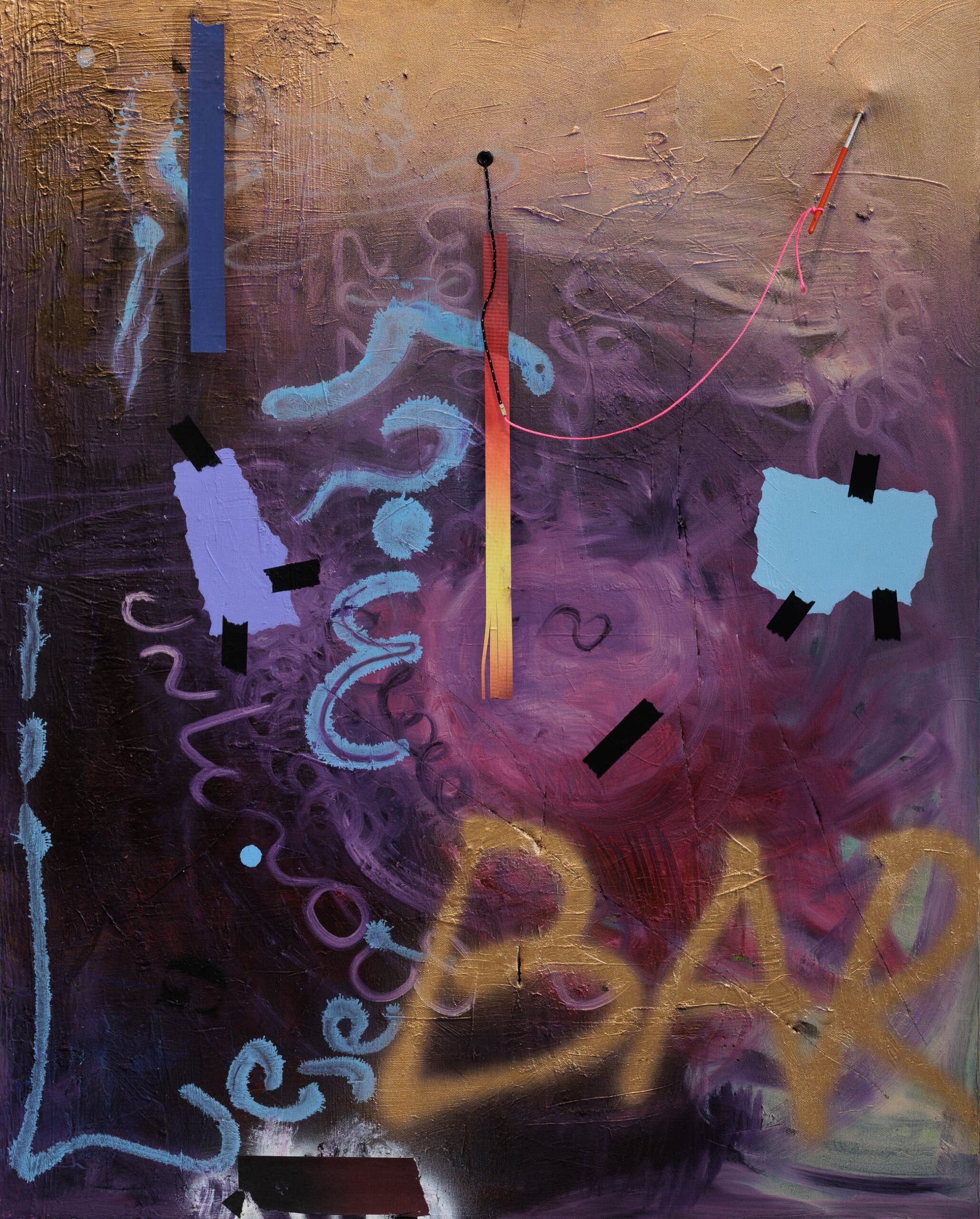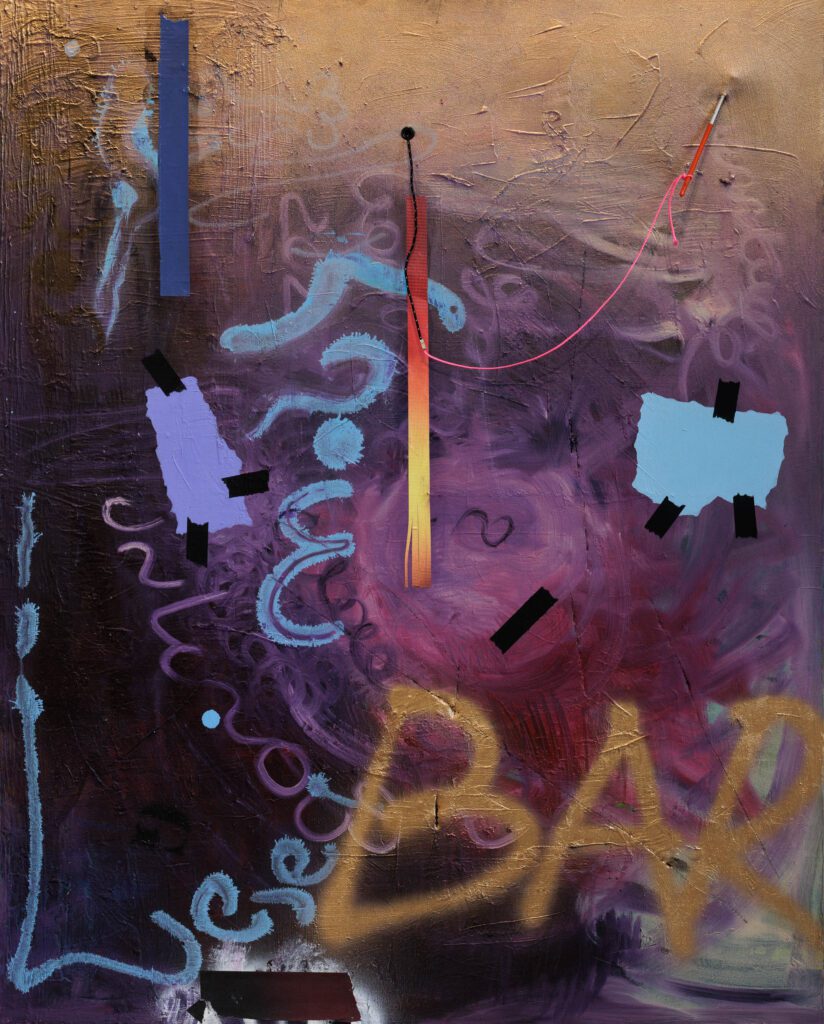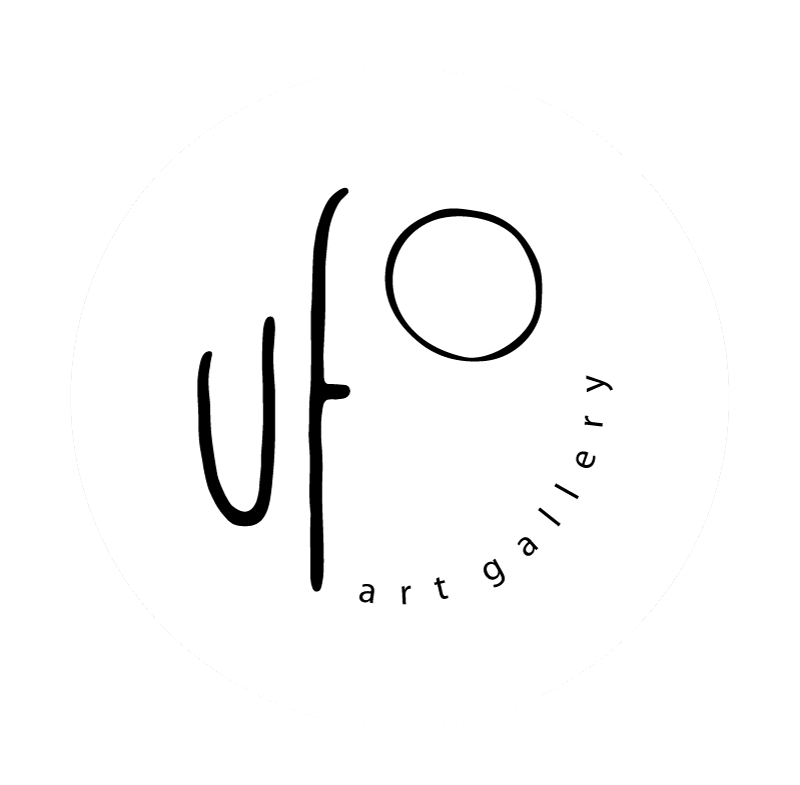The title unknown is inextricably linked and identical to the creative process itself, which is of great importance to me – especially at the beginning of the creation of a new cycle. It is then, in anticipation of something new, that I am most open to accepting the unknown, accepting a mistake and following even the most obvious path.
But let’s start from the beginning.
The dichotomy visible in my works, present on many levels, is also revealed in the attempt to define the type of painting I create. Is it expressionism – in the spirit of New York expressive abstraction or native tachisme – or rather conceptual painting?
The truth lies partly in both of these extreme painting trends. How is this possible? In my case, each concept – of a painting or a cycle – crystallizes only over time, when a moment of “glimmer” appears in the course of expressive painting.
Practicing expressionism gives me the freedom to make decisions and gestures that might be unacceptable in representational or strictly conceptual painting – or at least would not have any significance as independent, autonomous paintings. It often happened that the blurring of a painting or the unmasking of its individual stages became a leitmotif for me, which placed the resulting painting in a specific order.
The first paintings of a new cycle always carry something from the previous ones – a new thread that appeared at the end of the previous, refined cycle, but did not resonate there sufficiently. Often this is the result of an error or an element that was present but had not been clearly emphasized until now, because it was not crucial to that idea.
I have also observed that it is precisely the “loss” with a painting – building it according to old principles that no longer meet my expectations – that often leads to the most groundbreaking moments. The moment when a painting becomes an endless attempt to complete it is essentially doomed to failure, because it cannot be closed within the framework of the previous approach. Then comes the moment of the last chance – just before giving up – and the decision to make one more, radical attempt to “save” the work. It is this attempt that most often leads to the boldest decisions, which open up new possibilities and define a fresh approach to the painted picture.
A lot of time passes before the new impulse transforms into a fully-fledged concept. It is a laborious process – also because the new idea has to somehow “replace” the previous one, which can be difficult, because “old” does not mean “bad”. The breakthrough moment is often the decision to destroy the fragments of the painting that I “like the most” – which I have already accepted as finished. Fragments that I have managed to get used to and which have proven effective so far.
When a new thread gains the status of the main character, it begins to appear in each work. It is continued in various variations, combinations. Only after a longer period of contact with this “new” does the concept begin to become clear – which was actually there from the beginning, only it has not yet been named or realized.
Sometimes a completely banal, external impulse – something inconspicuous from the past – becomes a catalyst, thanks to which everything begins to take on meaning. It can be a conversation, a book, a painting, a memory. Then all that is left is to highlight those painterly elements and motifs that together will resonate as a unified concept – and that is how the phase of conceptual painting begins for me.
Interestingly (and perhaps also a bit funny), I still remain in the language of expressive painting – only the balance changes. Some elements are sharpened, and the context – references to other artists, to pop culture, history – gives them new importance.
The moment the concept becomes the driving force, coherent images begin to appear, creating a cycle. I work on it until something new emerges – something that did not have a chance to resonate in the previous concept, and which – in my opinion – deserves attention. And then I start all over again.
It is a complex process – the result of many, often non-obvious factors – and strongly connected with everyday life. It doesn’t happen only behind closed doors of the studio; it accompanies me all the time during ordinary activities. When the mind starts to operate with certain shortcuts, to combine elements that previously did not connect, it finds analogies in reality – to what I am trying to reach in the abstract world of painting.
Finally – it is the concept that sets the frame.
However, this does not mean that painting is reduced to illustration or reproduction of ideas. In my case, expression is still the most important form of expression – it is just that it is tamed, subordinated to the rhythm of the internal logic of the image.
Grzegorz Siembida
